Discussing at the parliament today, November 20, National Assembly delegates pointed out the shortcomings of the regional university model and raised the question of whether this model should continue to exist or not?
Delegate Le Thi Thanh Lam (Can Tho city delegation) said that the drafting committee should consider removing the regional university regulation or restructuring the regional university model in the university education system.
According to delegate Le Thi Thanh Lam, most of the member schools of regional universities are specialized, but this is not the trend of universities in the world . Multidisciplinary, multi-field and interdisciplinary universities are the current trend.
“Reviewing and rearranging the regional university model is necessary. Abolishing this model does not mean abandoning universities that play an important role in regional development, but rather implementing the spirit of Resolution 71 of the Central Committee to eliminate intermediate levels, streamline the apparatus and increase real autonomy for higher education institutions, so that higher education institutions can develop stronger and stronger, more in line with the general development trend of universities,” said delegate Le Thi Thanh Lam.
Sharing this view, delegate Nguyen Van Thi (Bac Ninh delegation) said that the regional university model was formed in the early 1990s with the goal of concentrating resources on training regional human resources, using shared facilities and human resources as a focal point for regional development linkages, but currently this model is revealing many shortcomings.
Analyzing more specifically, delegate Thi said that in terms of organizational structure, regional universities are currently becoming intermediate administrative levels, not assigned regional budgets, and have no authority to coordinate investment, human resources, or science and technology.
Instead of streamlining the apparatus, regional universities increase the management layer between the Ministry of Education and Training and member schools, creating lengthy sub-connections, procedures, and dispersed responsibilities. This goes against the spirit of Resolution 71 of the Politburo, which is to eliminate intermediate levels and ensure streamlined, unified, and effective management. Regional universities have not yet organized the use of shared resources, joint training programs, and joint training. The increase of the connection has increased the payroll, and the shared use of lecturers has only stopped at the level of transferring between schools.
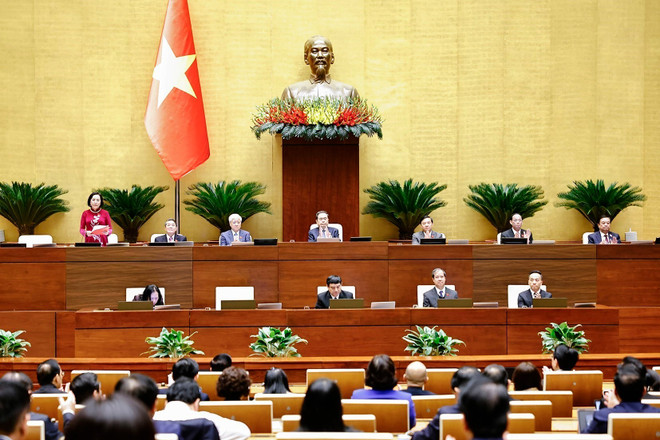
Regarding autonomy, reality shows that member universities of regional universities have legal status, have enough capacity and scale to operate independently but are still bound by the two-tier mechanism, having to submit to the regional university and then to the Ministry in investment procedures to open majors and international cooperation, leading to lost opportunities and reduced flexibility.
Regarding brand recognition, delegate Thi said that regional university brands have not been clearly identified. In many industries, society recognizes the names of member schools rather than regional universities, limiting competitiveness and affecting international rankings and cooperation.
In Report No. 1548 of the Ministry of Education and Training summarizing the implementation of the Law on Higher Education, the Ministry of Education and Training also pointed out that the regulations on university organizations with member universities, the 2-level model has many shortcomings, especially when implementing the autonomy mechanism. The administrative organization model with an additional intermediate level can easily become cumbersome, ineffective, and state management faces many difficulties because it has to manage both universities and member universities like other higher education institutions.
Accordingly, delegate Nguyen Van Thi suggested that it is necessary to carefully evaluate the position, role and operational effectiveness of the regional university model in recent times, and carefully consider whether to continue maintaining this model.
Sharing the same view, delegate Tran Thi Nhi Ha (Hanoi delegation) said that it is necessary to redefine the system of higher education institutions according to international practices, in accordance with Vietnamese practice, ensuring clarity and ease of understanding. Accordingly, only two basic models should be established: multidisciplinary and multi-field universities and specialized universities for specific fields.
“Regional universities can be completely arranged into a multi-disciplinary, multi-field university model. In the context of the country promoting digital transformation and restructuring the higher education system in the spirit of Resolution 71 with the requirement to streamline the apparatus and eliminate intermediate levels, continuing to stipulate the regional university model as a separate structure in the law will no longer be appropriate,” said delegate Tran Thi Nhi Ha.
In response to the opinions of the delegates, Minister of Education and Training Nguyen Kim Son and in the Party's resolutions still emphasized the need to develop large national and regional universities as strong entities playing a leading role in the national education system.
Receiving the opinions of the delegates, the Minister acknowledged the current situation of regional universities being dispersed with nearly ten member units inside, and affirmed that he would consider and find intermediate points to implement the reduction of focal points in accordance with the spirit of Resolution 71./.
Source: https://www.vietnamplus.vn/dai-bieu-quoc-hoi-mo-hinh-dai-hoc-vung-nhieu-bat-cap-can-tro-phat-trien-post1078248.vnp


![[Photo] President Luong Cuong receives President of the Senate of the Czech Republic Milos Vystrcil](/_next/image?url=https%3A%2F%2Fvphoto.vietnam.vn%2Fthumb%2F1200x675%2Fvietnam%2Fresource%2FIMAGE%2F2025%2F11%2F20%2F1763629737266_ndo_br_1-jpg.webp&w=3840&q=75)
![[Photo] National Assembly Chairman Tran Thanh Man holds talks with South Korean National Assembly Chairman Woo Won Shik](/_next/image?url=https%3A%2F%2Fvphoto.vietnam.vn%2Fthumb%2F1200x675%2Fvietnam%2Fresource%2FIMAGE%2F2025%2F11%2F20%2F1763629724919_hq-5175-jpg.webp&w=3840&q=75)


![[Photo] Lam Dong: Panoramic view of Lien Khuong waterfall rolling like never before](/_next/image?url=https%3A%2F%2Fvphoto.vietnam.vn%2Fthumb%2F1200x675%2Fvietnam%2Fresource%2FIMAGE%2F2025%2F11%2F20%2F1763633331783_lk7-jpg.webp&w=3840&q=75)


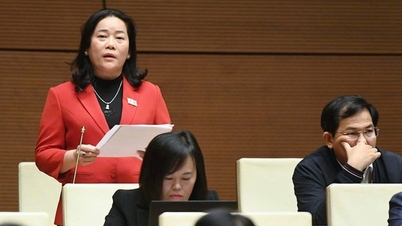

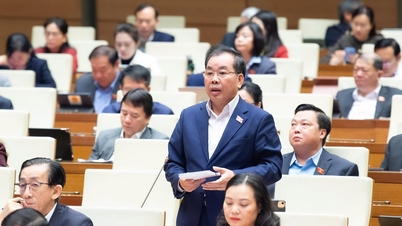

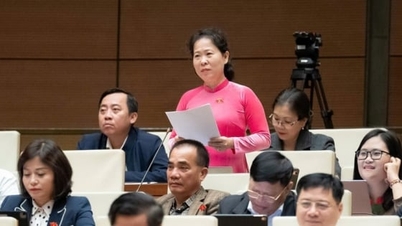


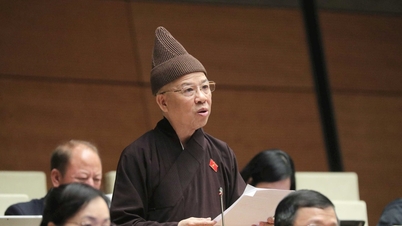




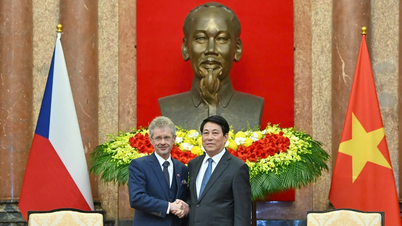








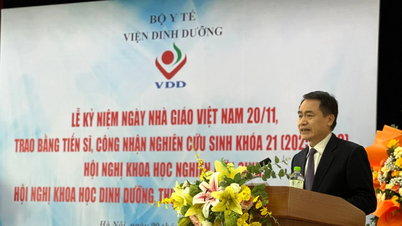
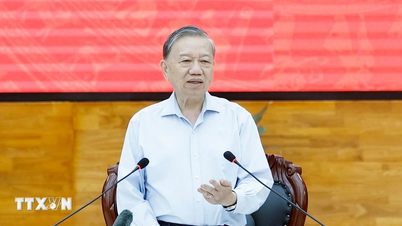



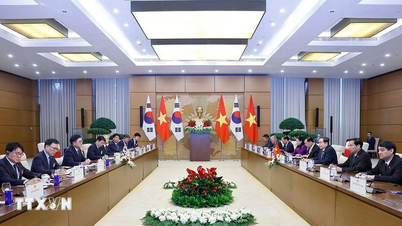

















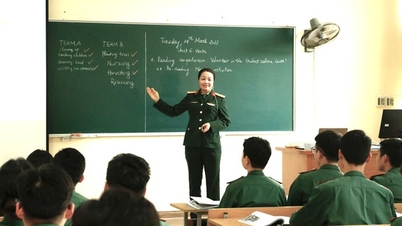















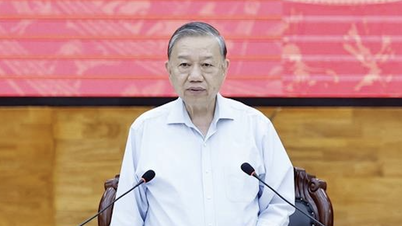


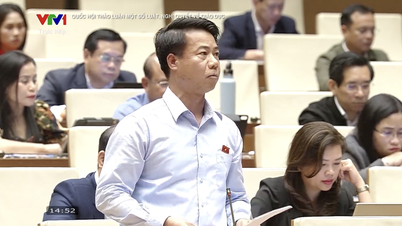
















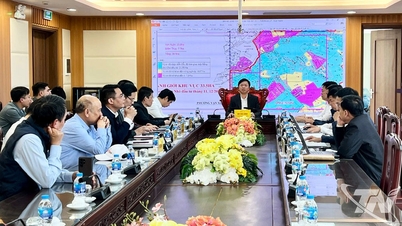



















Comment (0)